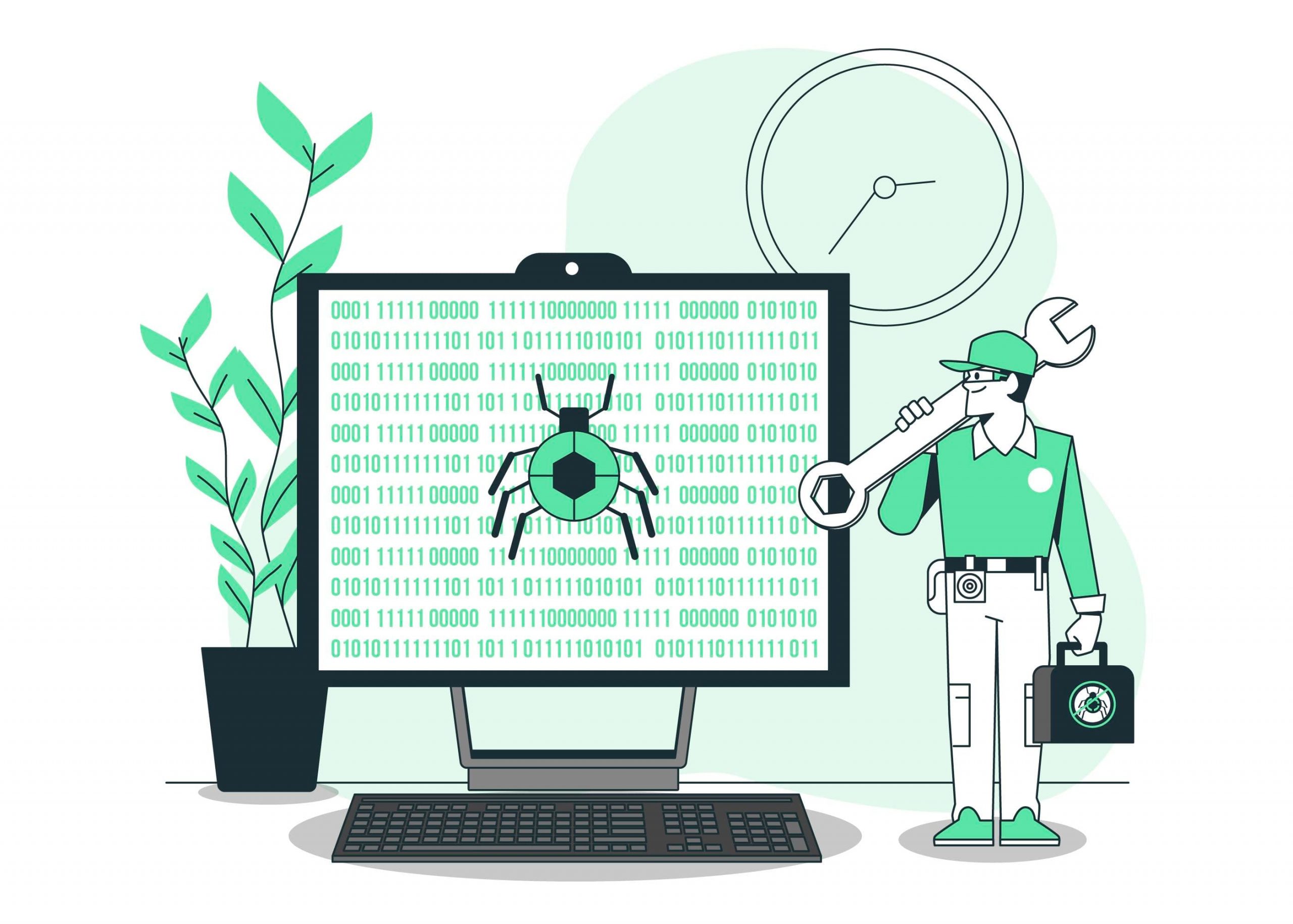In today’s fast-paced digital era, software plays an integral role in our daily lives. From smartphones to smart homes, from e-commerce websites to online banking platforms, software is at the heart of every technological advancement. But have you ever wondered how these applications and systems function flawlessly? Enter the world of software testing – an essential process that ensures quality and reliability.
What is Software Testing?
Software testing is a systematic and comprehensive process to evaluate the functionality, performance, and quality of a software application or system. It involves executing various test cases to identify any defects or bugs within the software.
The primary goal of software testing is to ensure that the end product meets the specified requirements and works as intended. By subjecting the software to rigorous testing, developers can uncover potential issues before they reach users, saving time and resources in resolving them later.
During the testing phase, testers use different techniques to verify if each software component functions correctly and interacts seamlessly with other members. They also examine its performance under varying conditions, such as heavy loads or limited network connectivity.
Benefits and Importance of Software Testing
Software testing is crucial in developing and ensuring the software meets quality standards and functions as intended. It involves evaluating various aspects of the software, such as functionality, performance, usability, security, and compatibility across different devices and platforms.
One of the primary benefits of software testing is detecting bugs or defects before the software is released to end-users. By identifying issues early on, developers can address them promptly and prevent potential problems from impacting users. This helps in delivering high-quality software that provides a seamless user experience.
Testing also helps improve overall system reliability by uncovering vulnerabilities or weaknesses in the code. By identifying these flaws beforehand, developers can make necessary modifications to enhance system stability and minimize the chances of crashes or failures.
Different Types of Software Testing Techniques
Software testing is a critical process in ensuring the quality and reliability of software applications. Various techniques are used in software testing to identify defects and ensure that the software performs as expected. Let’s explore some of the different types of software testing techniques.
1. Functional Testing: This type of testing focuses on validating whether the software functions correctly according to its specifications. Testers conduct functional tests by executing test cases based on user requirements and verifying if the system behaves as intended.
2. Performance Testing: Performance testing evaluates how well a system performs under specific conditions, such as high user loads or heavy data processing. By measuring response times, resource usage, and scalability, performance testers can identify bottlenecks and optimize system performance.
3. Security Testing: As cyber threats evolve, security testing has become paramount for protecting sensitive information from unauthorized access or malicious attacks. This type of testing involves identifying vulnerabilities in a software application’s design and implementation to ensure robust security measures are applied.
4. Usability Testing: Usability testing assesses how easy it is for users to navigate through an application, complete tasks efficiently, and find relevant information quickly. Testers gather end-user feedback through surveys or observation sessions to improve the user experience.
5. Regression Testing: When changes are made to an existing piece of software or when new features are added, regression tests verify that these modifications do not introduce new bugs or break previously functioning code segments.
6. Cross-Browser/Compatibility Testing: With multiple web browsers available across different platforms and versions today, cross-browser compatibility ensures that your website functions consistently across all preferred browsers without issues affecting usability or layout discrepancies.
By employing these various types of software testing techniques strategically throughout the development life cycle (SDLC), organizations can detect and rectify defects early on, resulting in higher-quality products with enhanced user satisfaction.
Improving Test Coverage and Quality
Ensuring comprehensive test coverage is crucial for achieving high-quality software. Test coverage refers to the extent to which a software application or system has been tested. By improving test coverage, developers can identify and address potential defects, vulnerabilities, and performance issues before they impact end-users.
To improve test coverage and quality, it is essential to follow best practices, such as prioritizing testing efforts based on the criticality of features or functionalities. This allows for a more focused approach, ensuring that critical components are thoroughly tested.
Best Practices for Software Testing
Regarding software testing, following best practices is crucial to ensure thorough and practical testing. By adopting these practices, you can enhance the reliability and efficiency of your software.
1. Planning and Strategy: Before diving into the testing process, it’s essential to create a well-defined test plan that outlines objectives, timelines, resources required, and test coverage. A comprehensive strategy ensures proper allocation of resources and helps identify potential risks early on.
2. Test Environment Setup: Creating an appropriate test environment that mirrors the production environment is vital for accurate results. It involves setting up hardware configurations, operating systems versions, network settings, databases, etc., similar to what end-users will encounter.
3. Test Case Design: Designing clear and concise test cases ensures thorough testing coverage. Each test case should have specific inputs/conditions and expected outputs/results to eliminate ambiguity during execution.
4. Traceability Matrix: Maintaining a traceability matrix allows you to keep track of requirements mapped with corresponding tests or defects throughout the testing lifecycle. This ensures complete coverage of all requirements while validating their implementation.
5. Regression Testing: Performing regression tests after each code change or enhancement helps identify any unintended side effects on existing functionality or modules previously tested successfully. A robust regression suite saves time by automating repetitive tasks while ensuring important functionalities remain intact.
6. Test Data Management: Proper test data management is critical for accurate validation across various scenarios without compromising sensitive information security.
Automated vs Manual Testing
Regarding software testing, there are two main approaches: automated and manual testing. Each has advantages and disadvantages, and understanding their differences is crucial for practical testing.
1. Speed and Efficiency: One of the key benefits of automated testing is its speed and efficiency. With automated tests, repetitive tasks can be executed quickly, saving time and effort for testers. On the other hand, manual testing requires human intervention at every step, which can be time-consuming.
2. Accuracy: Automated tests are known for their precision and accuracy. Once correctly set up, they will consistently execute test cases without any deviation or errors in execution. Manual testing relies on human judgment and may be prone to errors due to fatigue or oversight.
3. Test Coverage: Automated tests allow for broader test coverage as they can run many test cases simultaneously across different platforms or environments. This ensures a thorough range of all possible scenarios during software usage. Manual testing may have limitations in terms of scalability when dealing with complex applications.
4. Flexibility: Manual testing provides flexibility in exploring different paths while executing test cases since humans can adapt based on intuition or experience gained from previous test runs where new defects were discovered by chance, whereas automated tests follow predefined scripts, making them less flexible.
5. Cost-Effectiveness: Although initial setup costs may be higher for automation tools compared to manual testers’ salaries, it pays off over time due to increased productivity as more regressions get covered per unit of time, leading ultimately towards ROI (Return On Investment). However, small projects with limited budgets might find manual approaches more feasible initially before scaling up investments into automation frameworks later if necessary.
6. Critical Thinking: Manual testers often provide valuable insights through critical thinking skills that cannot easily be replicated by machines alone, whereas Automated Testing focuses primarily on verifying expected outcomes rather than discovering unexpected behaviours resulting from human interactions or environmental factors.
Test Management and Defect Tracking
Ensuring a smooth and efficient software testing process requires effective test management and defect tracking. Test management involves planning, organizing, and controlling all aspects of the testing process to ensure its success. It helps teams keep track of test cases, monitor progress, allocate resources, and make informed decisions.
Defect tracking is an integral part of the software testing process as it allows teams to identify, document, prioritize, and resolve any issues or bugs discovered during testing. Using a defect tracking system or tool, testers can log defects with detailed information such as steps to reproduce the problem, severity level, screenshots or videos for reference.
Conclusion
In today’s digital landscape, software testing is vital for functionality, reliability, and security. It ensures a bug-free world through rigorous evaluation, diverse testing techniques, and tools. Integrating testing into the Software Development Life Cycle (SDLC) from the outset reduces risks and enhances quality, user experiences, and customer satisfaction. This investment in quality assurance practices creates a future where technology empowers us without software bugs.


